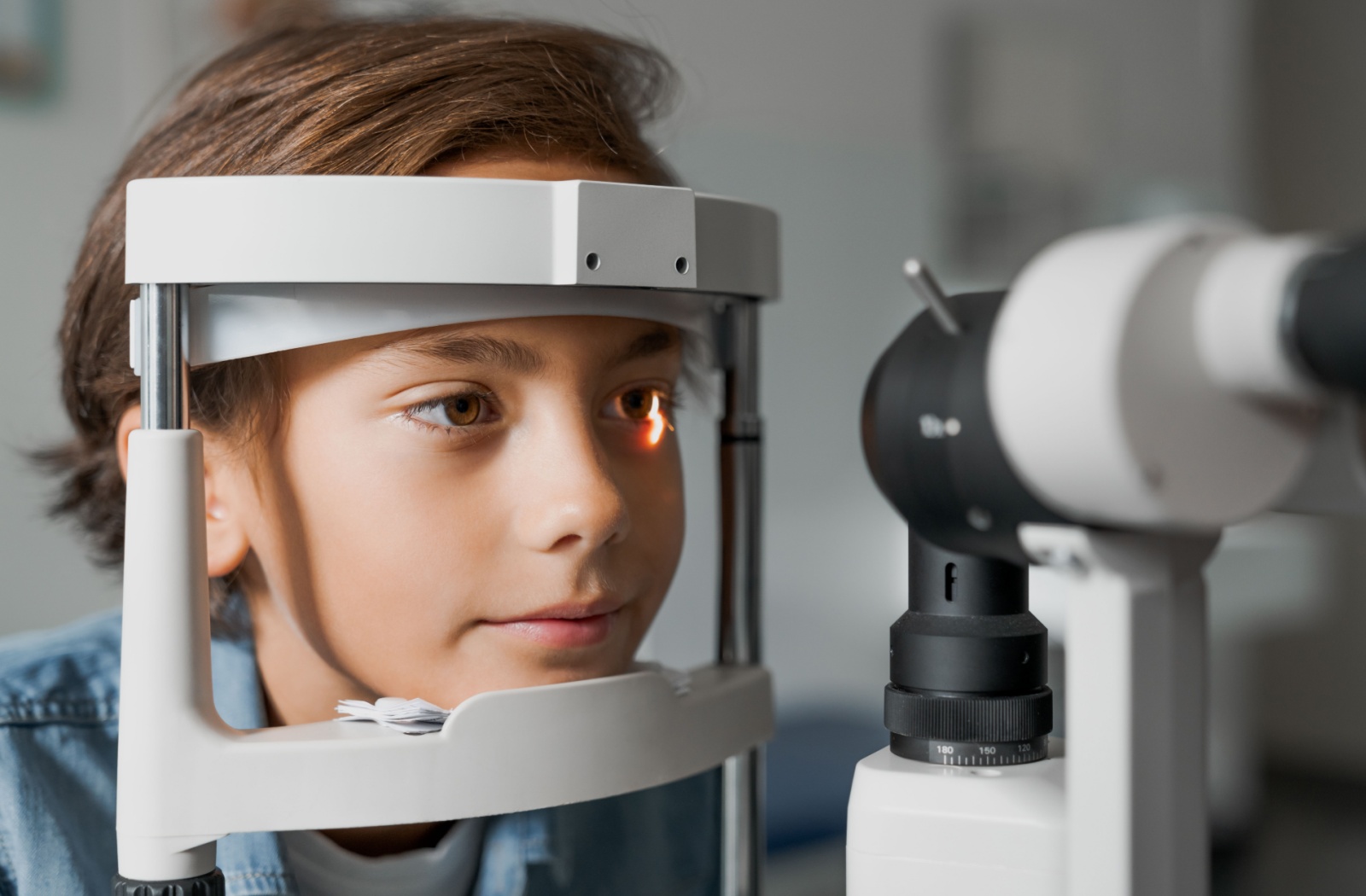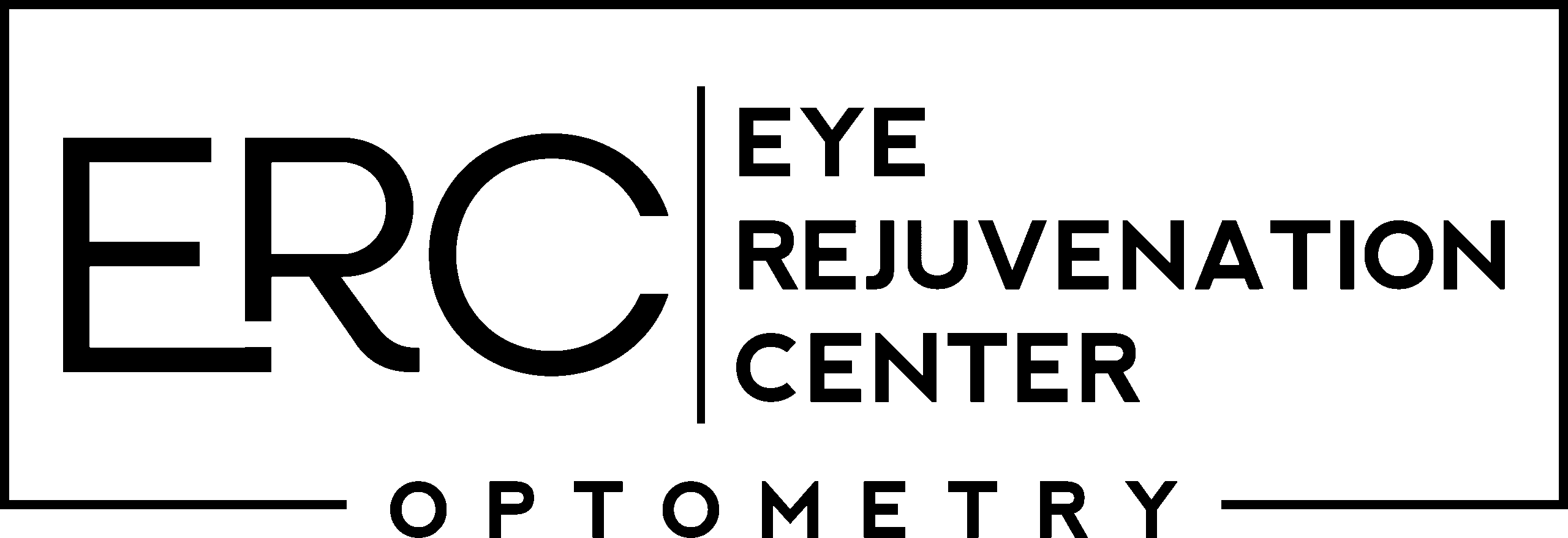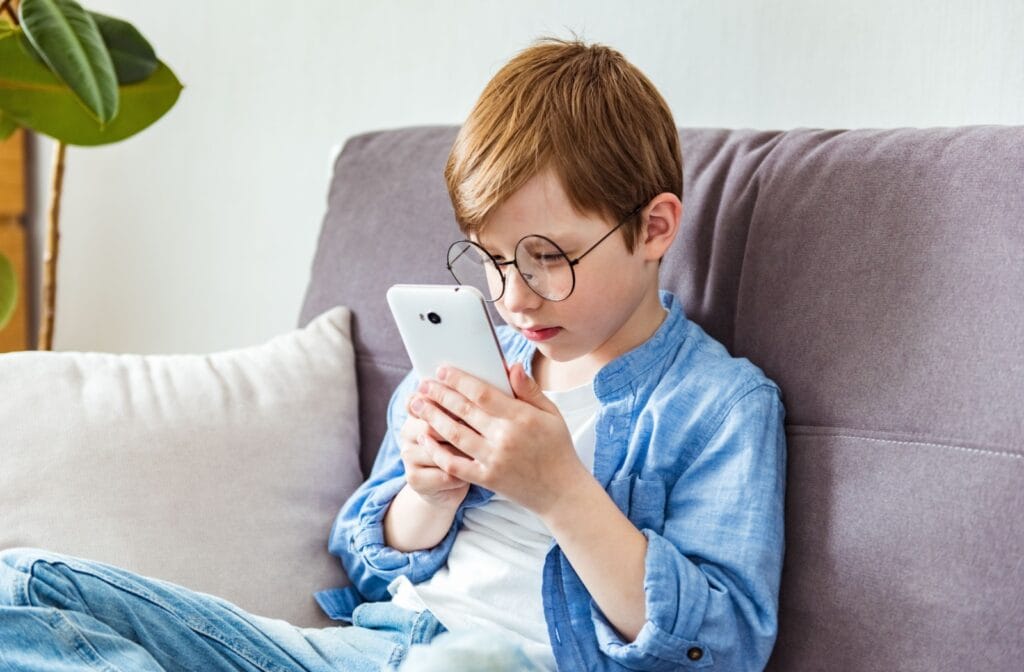In a world increasingly defined by screens, it’s no wonder that vision problems have become a hot topic for millions. Among the most common eyesight impairments are myopia (nearsightedness) and hyperopia (farsightedness), both of which can affect people of all ages. They each cause blurriness yet affect your eyes in essentially opposite ways.
The difference between these conditions is that myopia causes distant objects to appear blurry, while hyperopia affects nearby objects. Fortunately, your optometrist can examine your eyes and help correct both issues with glasses or contact lenses.
How Your Eye Creates an Image
To understand the difference between myopia and hyperopia, it’s helpful to know how we see. The human eye has many parts working together to create an image. Vision begins with light entering the eye and being refracted (bent) by the cornea and lens.
This refraction focuses light onto the retina at the back of the eye, which starts translating that light into neural signals, allowing us to see. Much of this process is dependent on the precise shape of the eye.
So, what happens when the eye doesn’t have the right shape? This is called a refractive error; depending on the shape, you can have myopia or hyperopia.
What Is Myopia?
Myopia is a common vision condition in which people can see close objects clearly, but objects farther away appear blurred. This occurs when the eyeball is too long, or the cornea has too much curvature, causing light to be focused in front of the retina rather than directly on it. It’s often hereditary and typically starts in childhood, usually around 6 or 7.
There’s some evidence that our reliance on digital screens is affecting myopia rates, as more children are being diagnosed with myopia at younger ages.
In children, it can be difficult to recognize myopia or any vision issue. They don’t always have the language to explain what they’re experiencing. This is why regular eye exams are so important during these formative times.
You can watch for signs of vision problems, such as:
- Squinting
- Complaints of headaches
- Holding reading materials close to the face
- Covering or closing an eye while reading
- Trouble focusing in school
These symptoms could lead to frustration and even affect their academic performance. Myopia can be corrected with glasses or contact lenses. Adults with stabilized prescriptions could benefit from laser eye surgery, such as LASIK or PRK.
What Is Hyperopia?
In many ways, hyperopia is the opposite of myopia; close objects appear more blurry, while distant objects can generally be seen more clearly. This condition occurs when the eyeball is too short, or the cornea has too little curvature.
When the eye’s shape is less curved, light focuses behind the retina, affecting how clearly objects can be seen up close.
Hyperopia’s symptoms can make it difficult to read, work on crafts, or do anything that requires close vision. While it’s rarer than myopia, many people may have some amount of hyperopia that simply doesn’t impact their daily lives. Most children are farsighted at some point but can grow out of it.
Eyeglasses or contact lenses provide a clear and simple solution to hyperopia, correcting the eye’s focus. Hyperopia is similar to presbyopia, another vision change that causes blurry vision on close objects that may require glasses. However, presbyopia is a normal part of aging where the eye’s lens hardens.
Treating Myopia & Hyperopia
Despite being on opposite ends of the vision spectrum, myopia and hyperopia benefit from similar treatments. Glasses and contact lenses are popular and effective methods for correcting either condition. They address the core issue by changing how light enters the eye.
Your optometrist can determine your prescription through an eye exam and get to know your lifestyle and needs, helping you decide what treatment is right for you.
Myopia Control for Children
One of the dangers of myopia is that it’s progressive, meaning it can worsen as your child grows. The surge in myopia cases worldwide has escalated the importance of myopia control, which involves strategies and treatments aimed at slowing the progression of nearsightedness in children.
Unlike traditional methods that simply correct blurry distance vision, myopia control focuses on slowing the eyeball’s underlying growth. If left unchecked, this progression can lead to high levels of myopia associated with serious eye health risks, such as:
- Retinal detachment
- Cataracts
- Glaucoma
- Macular degeneration
Myopia control can include various treatments but also involve preventative care, such as encouraging children to spend at least 1 hour a day outside.

Embrace Knowledge by Booking Your Eye Exam
Once you understand the differences between myopia and hyperopia, you can better plan how to maximize your vision.
Don’t wait for your world to become a blur. Make regular eye check-ups at ERC Optometry a part of your family’s routine. We offer adult and children’s eye exams to help uncover refractive errors and help you enjoy a well-adjusted view of life.Whether navigating the roads, reading a book, or anything in between, you deserve clear sight. Book your appointment today, and let’s all see the beauty the world has to offer.

